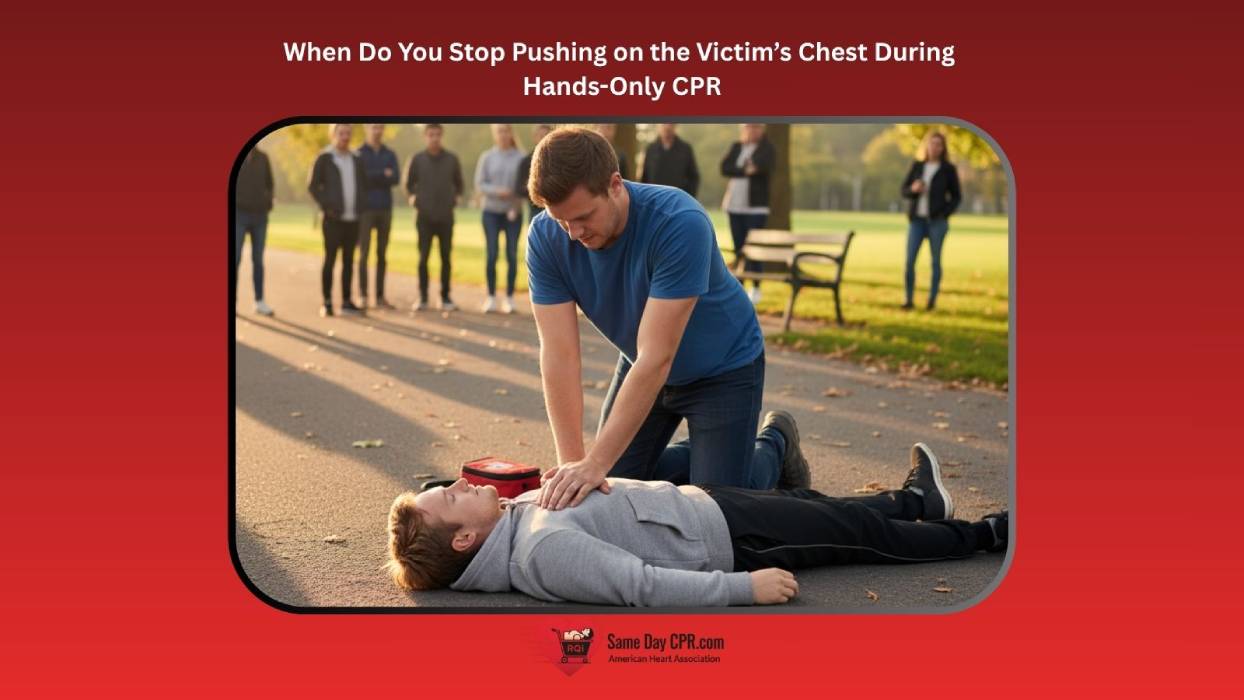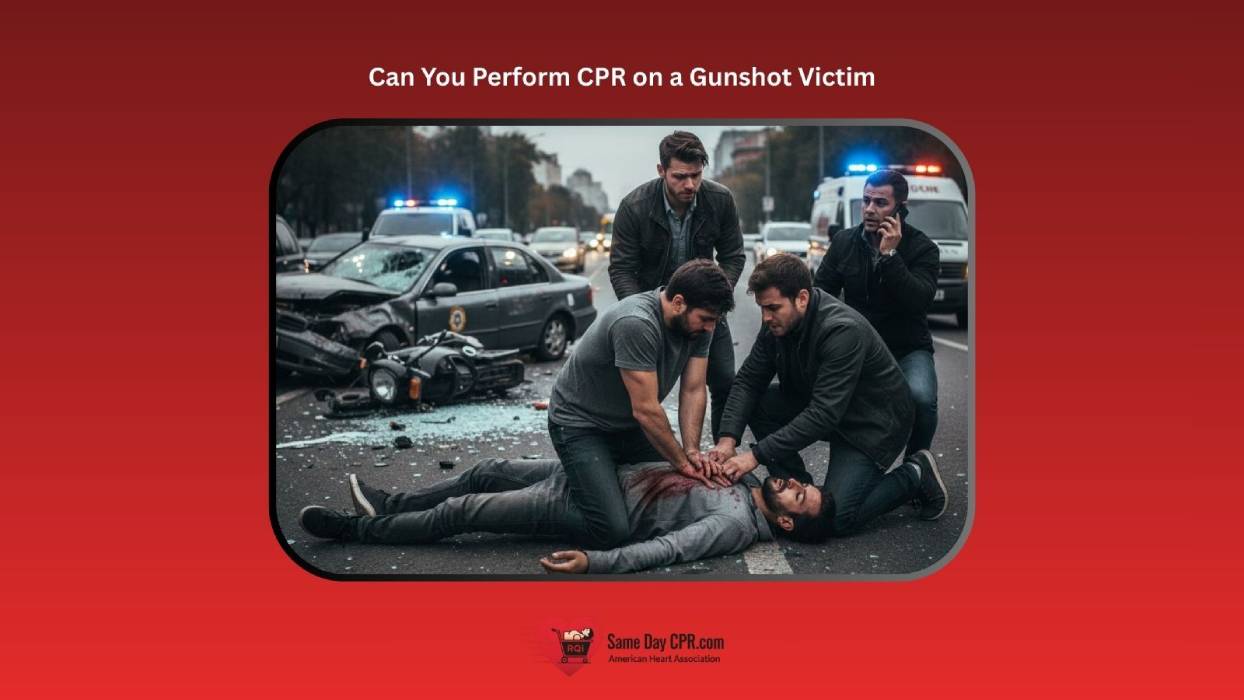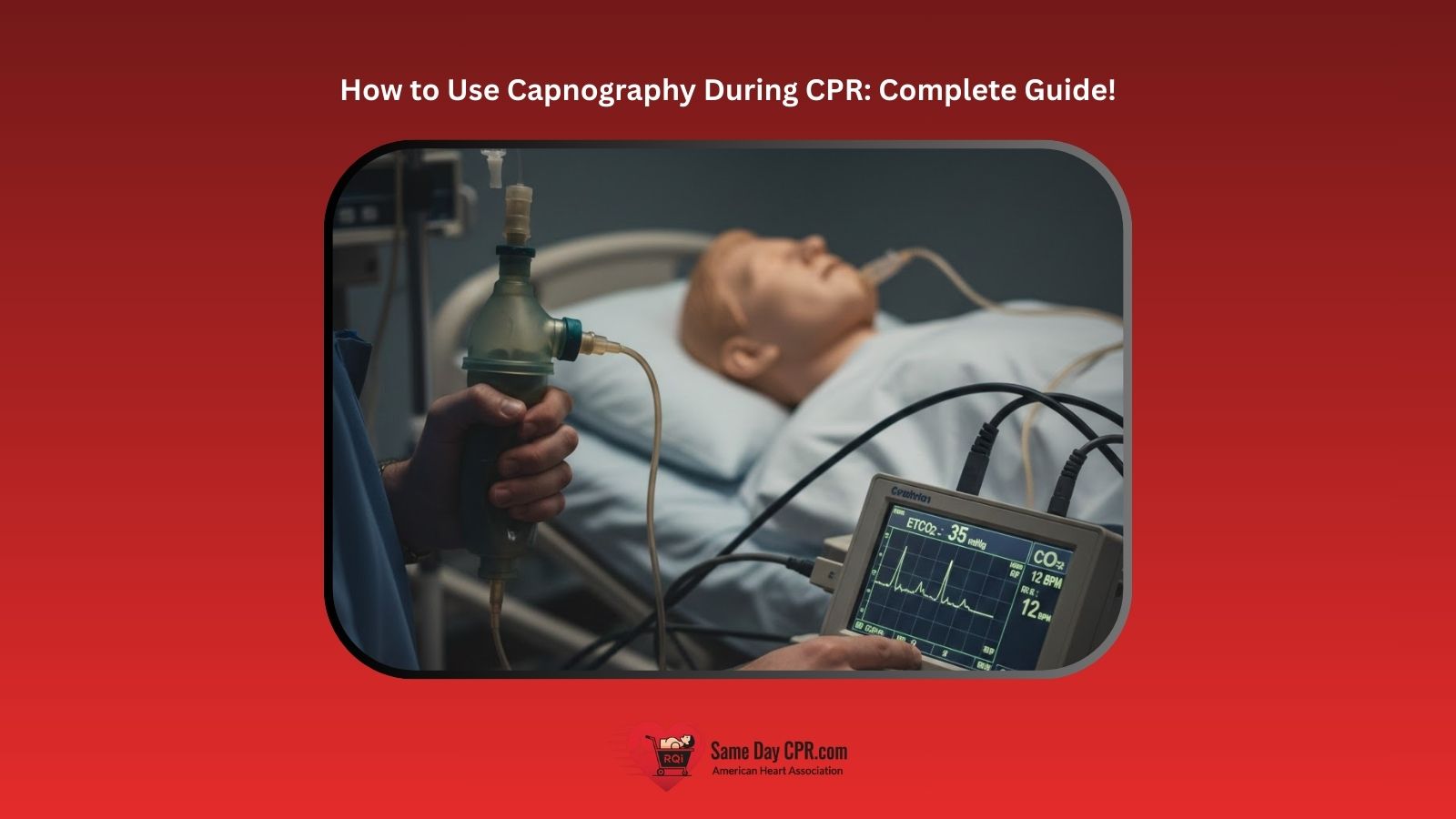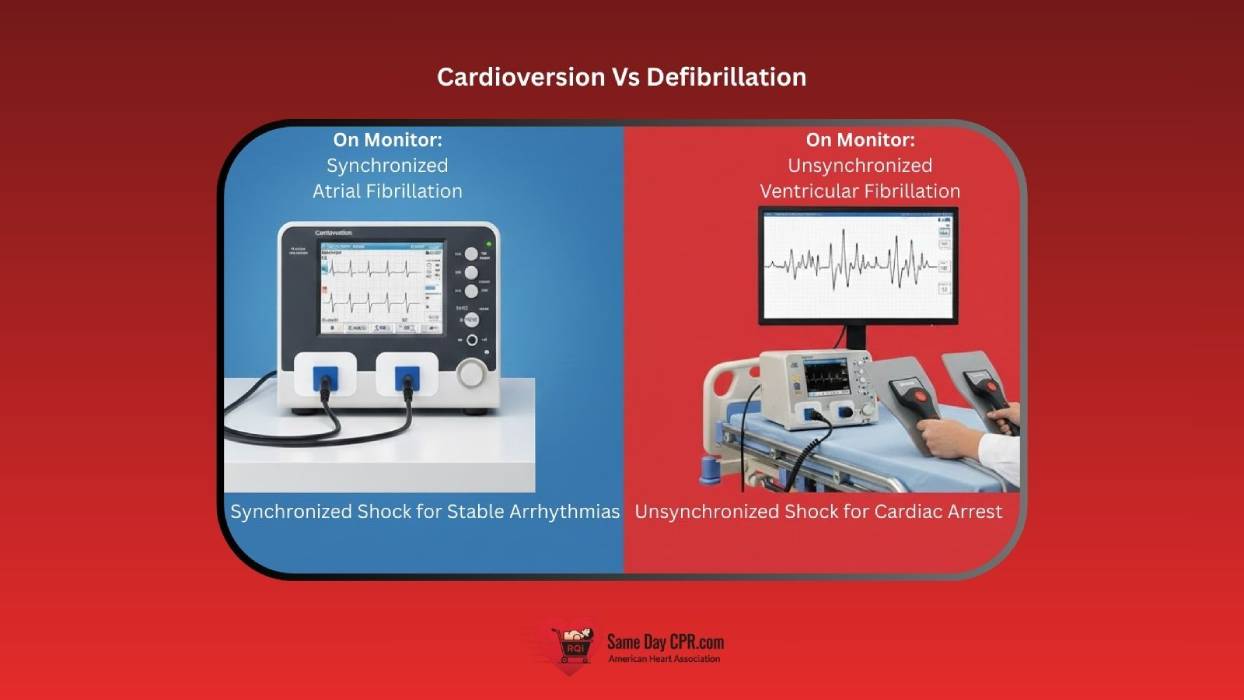Hands-only CPR (cardiopulmonary resuscitation) is an easy, life-saving way to help someone whose heart has stopped. First, you call 911 for help, then you push hard and fast in the center of the chest. Unlike traditional CPR, you don’t give rescue breaths, so you can focus completely on steady, continuous compressions. Keeping the pushes going is critical because it helps blood flow to the brain and heart until emergency responders arrive. But it’s natural to wonder: when should you actually stop pushing? Knowing the right time to pause can make a big difference in keeping someone alive.
Circumstances in Which You Should Continue Pushing
CPR can feel uncertain at times, but certain moments require you to keep going without hesitation. These are the situations where you should stay focused and continue compressions.
- Untrained Bystanders Want to Help: Keep performing compressions. You can direct them to call 911, fetch an AED, or clear the area while you continue to assist.
- Occasional Gasps: These aren’t true breaths. Continue compressions because the body still needs blood and oxygen circulation.
- Brief Signs of Life: If movement or breathing appears, then stop, and resume compressions immediately. The heart may still be struggling, and your efforts are crucial.
- AED Nearby but Not Ready: Don’t pause. Keep compressions until the AED is turned on, attached, and ready to analyze.
- EMS Has Arrived: Continue CPR until responders are fully prepared to take over.
- Minor Distractions at the Scene: Stay focused on compressions. As long as the area is safe, keep your hands on the chest.
Situations When You Should Stop Chest Compressions
There are a few moments when it’s okay to stop chest compressions. Knowing these situations helps you stay safe and gives the best chance for the person to survive.
1. Professional Help Arrives
You should continue chest compressions until trained professionals, such as paramedics or emergency medical technicians, take over. They have the equipment and skills to provide advanced care, so handing over to them is safe and ensures the person receives the best treatment possible. Passing the duty to someone trained keeps the rescue effort going smoothly without interruption.
Also, Read: How Can You Achieve a High Chest Compression Fraction (CCF)
2. The Victim Shows Signs of Life
If the person starts to move, breathe, or respond, it’s a clear sign that their heart is working again. At this point, you can pause compressions and focus on keeping them comfortable while monitoring their breathing until help arrives. Seeing these signs can be encouraging and shows that your efforts are making a difference.
3. You Are Physically Exhausted
Performing chest compressions is demanding, and your strength can weaken over time. If you become too tired to continue effectively, it’s okay to take a break or switch with someone else if available. Compressions need to stay firm and consistent to be effective, so conserving your energy helps keep the rescue effective.
4. Scene Becomes Unsafe
Your safety is just as important as the victim’s. If the environment becomes dangerous, such as in traffic, fire, or other hazards, you should move to a safer location. Continuing compressions in a risky situation could put both of you in danger, so pause until it is safe to resume or until help can take over.
Also, Read: Chest Compression Feedback Device for Effective CPR
5. An AED is Ready
If an automated external defibrillator becomes available, you should pause chest compressions briefly to use it. The AED can analyze the heart rhythm and, if needed, deliver a shock to help restart the heart. Make sure you know when you should clear the victim before operating the AED to avoid accidental shock or interference. Following the device’s prompts ensures the person gets the right treatment at the right time, and you can resume compressions immediately after the shock or as instructed.
Consequences of Stopping Hands-Only CPR Too Early
Stopping hands-only CPR too soon can have serious effects on both the person in need and the rescuer. Let’s look at what can happen medically, legally, and ethically when CPR isn’t continued long enough.
1. Medical Consequences
- Inversible Brain Damage: When CPR stops too early, the brain doesn’t get the oxygen it needs. Even a short pause can cause permanent damage that can’t be reversed.
- Reduced Chain of Survival: Stopping compressions too soon breaks the flow of help the person needs to survive. Every missed second lowers the chances of recovery and successful treatment.
- Organ Failure: Without steady blood flow, vital organs start to shut down quickly. The longer CPR is stopped, the harder it becomes to save those organs.
- Preventing ROSC (return of spontaneous circulation): If CPR ends too early, the heart may lose its chance to restart on its own. Continuous compressions keep oxygen moving and increase the odds of restoring a heartbeat.
2. Legal and Ethical Consequences
- Legal Liability: Stopping CPR too early could raise questions about negligence or improper care. In some cases, it may even lead to legal action if the person’s death could have been prevented.
- Psychological Destress: A rescuer who stops too soon may later struggle with guilt or regret. The thought of “what if I had continued” can cause lasting emotional pain and self-doubt.
Hands-Only CPR: When to Pause and When to Push
In summary, knowing when to stop pushing during hands-only CPR is just as important as knowing how to start. Your goal is to keep the blood flowing until professional help arrives or the person shows signs of life. Even when it feels tiring or uncertain, your effort truly matters. Each push gives the heart and brain a fighting chance, and your quick actions can mean the difference between life and death. Remember to stay calm, keep pushing until it’s safe and right to stop, and trust that every moment you spend helping brings hope to someone in need.








